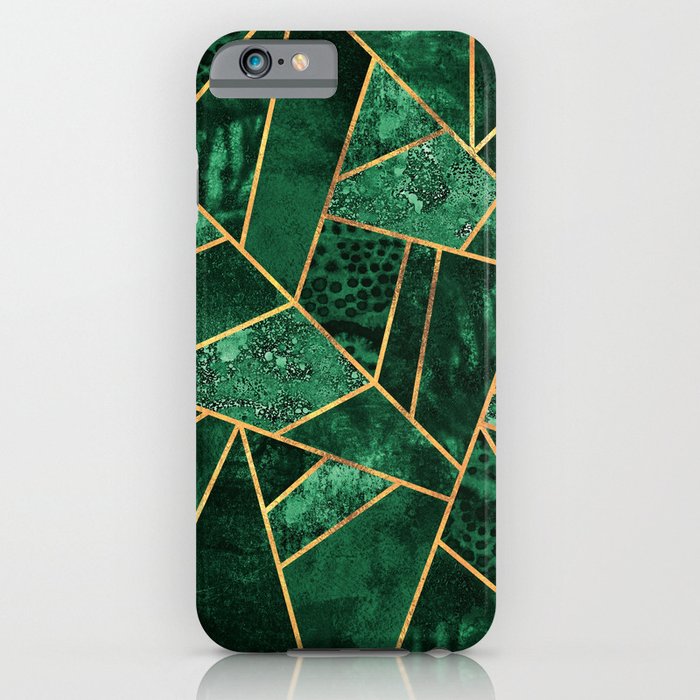


|
|||||||||
|
|
 |
deep emerald iphone caseSKU: EN-E10189
deep emerald iphone caseConnecting the health and wearable dots in the minds of consumers (conference attendees are careful not to call them "patients" any more) will require mending a disconnect: 60 percent of US broadband households have at least one person with a chronic condition, according to Parks Associates. Yet only 7 percent of the US population has a smartwatch. Meanwhile, 76 percent of people with diabetes have a smartphone, but only 24 percent use an app to manage the condition. There's time to close those gaps. Healthcare wearables are an emerging sector, a cut above the Fitbits and Apple watches that are well known today. "Why are you wearing a device?," asks Jeroen Brouwer, Philips' director of business development. "Fitness? Diabetes? To avoid another heart attack?"But the focused nature of such wearables flies in the face of the most popular tech product of our age: The smartphone adds functionality via apps that add no bulk while creating a digital Swiss Army knife. Health and fitness wearables ask users to wear a device that does much less in exchange for being yet another device to buy, charge and potentially lose. And, they aren't much fun -- for now. "There are things we can take from the gaming community," says John Vander Meulen, a general manager for Johnson & Johnson's health tech division, "Look at the experience deep emerald iphone case of Pokemon Go; it's a lot better than something you have to do and that is often scary."Smartwatches with motion and heart rate sensors are the closest thing to a converged medical wearable today, but they are typically not cleared by the FDA, let alone at its alone at Level II or Level III tiers that rigorously test for accuracy, effectiveness and minimal chance of causing harm.. But the smartphone remains fiddly and uneven by medical standards. "This isn't a technology or motivation problem," says Livongo's Pursley. "It's a consumer experience problem. Nobody wants to be launching apps and syncing devices" on the constant basis that medical wearables are used to create rich data. One vendor was showing a high degree of convergence at the conference: Higi is a Chicago-based company whose device monitors blood pressure, heart rate, weight, body mass index and the more nuanced Body Composition, the ratio of your moisture, fat and lean mass. But it's a kiosk the size of a phone booth that is placed in retail locations. Unlike smartphones, deep emerald iphone case health and medical devices try not to be a digital catch-all, The smartphone put most of our daily life into one small device, but when it comes to health and medical wearables, your personal Star Trek-like tricorder is still a ways off, That's the consensus at the Parks Associates Connected Health Summit in San Diego this week where specialized blood pressure watches, under-skin glucose monitors, pain relief cuffs and even posture pendants are more in favor than one band to rule them all.. For owners of the existing BB-8, the Force Band can be purchased separately for $80 or $AU140 (about £61), or comes packed with a new battle-weathered BB-8 that looks far more movie-realistic than the original. That Special Edition Battle-Weathered BB-8 and Force Band package costs $200 or AU$350, or equivalent to about £152. The band itself looks aged, too; it's a battle-scarred wearable that looks like it came from a junk heap on Jakku. It's basically the Sphero remote and droid I was looking for.
|
|
|
|
||
| Site Map |

